The groundwork for the Fertilizer Industry Round Table (FIRT) is laid at the annual American Chemical Conference (ACS) as a group of industry professionals gather around a table to share ideas.
Our roots. Our growth. Our purpose.
Timeline
-
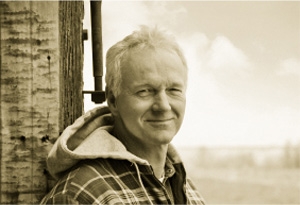 1951
1951 -
 1955
1955FIRT becomes a formal organization and holds its first official meeting at the Mayflower Hotel in Baltimore. Eleven papers were presented.
-
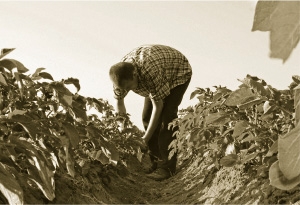 1956
1956Walt Sackett joins the group. Walt would become an integral part of the organization's work.
-
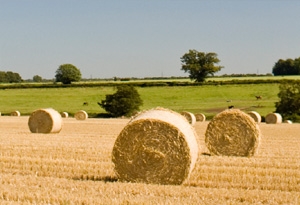 1957
1957Frank "Slugger" Nielsson, inventor of The TVA Granulator joins the organization. Al Spillman and Joe Reynolds join Dr. Vince Sauchelli and Housden Marshall on the Executive Committee.
-
 1959
1959The "Kitchen Cabinet" is formed. This group supported the Executive Committee in planning and coordinating the annual meeting.
-
 1963
1963Interest in the organization continued to grow. More than 600 professionals attended FIRT's annual meeting.
-
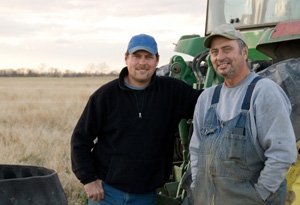 1965
1965A select few fertilizer companies were acquired by oil companies. These acquisitions were sold almost as quickly as they were purchased.
-
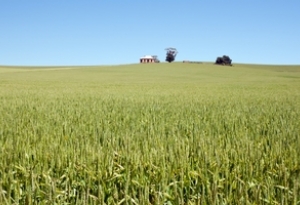 1969
1969Dr. Vince Sauchelli, whom many considered to be the driving force behind the organization passed away. Upon his passing, FIRT establishes a formal Board that included international representatives.
-
 1970
1970The Executive Committee, under the leadership of Chairman Al Spillman, votes to hold the meeting in Memphis, Tennessee. This is the first time the meeting was held outside the Baltimore/Washington, D.C. metropolitan area.
-
 1973
1973After three years in Memphis, meetings return to Washington, D.C. The Board establishes a policy of changing locations each year. Subsequently, meetings were held in Baltimore, Atlanta, New Orleans, and other cities.
-
 2004
2004To share resources, FIRT joins with TFI, the Fertilizer Institute.
Mission Statement
A forum that provides strategic and operational insight on technologies and issues that impact plant nutrition.
The Fertilizer Industry Round Table (FIRT) is an organization dedicated to the development and improvement of all aspects of the fertilizer industry.
The organization began informally in 1951. While attending the annual ACS conference, a number of leaders representing the industry — Dr. Vince Sauchelli, Davison Chemical Company; Al Spillman, GLF Cooperative, now Agway; Joe Reynolds, Thurston Chemical; Housden Marshall, Olin Mathieson Chemical Corporation; and Travis Hignett, TVA — realized that amongst the many topics of discussion, fertilizer and related industry issues were not getting enough attention for their attendance to be beneficial. As a result, they elected to gather in secret around a table in a hotel room to discuss common production problems and share best practices.
This was a revolutionary approach in the fertilizer industry. Until that point, the industry had a reputation for being extremely close-mouthed. Each company assumed that they had leverage in formulation that no one else had, and that they would surrender these advantages on the market place if they exposed their operations.
Their openness ultimately proved beneficial for the entire industry. Since its inception, the organization has made significant contributions to improving the production, quality, distribution, and efficient use of fertilizer materials.
The Round Table is unique among all major fertilizer industry associations in that it receives no financial support from companies, governments, or other vested interests. It is run by volunteers, who represent all aspects and levels of the industry, including executives, scientists, manufacturers, financial experts, and industry analysts, yet its meetings are open to anyone wishing to participate.
The organization's annual meeting, now presented in partnership with The Fertilizer Institute (TFI), is designed to review best practices and processes across a wide range of fertilizer, agricultural, and environmental topics. Proceedings are published annually, creating a lasting and invaluable record of knowledge and developments in the fertilizer industry.

